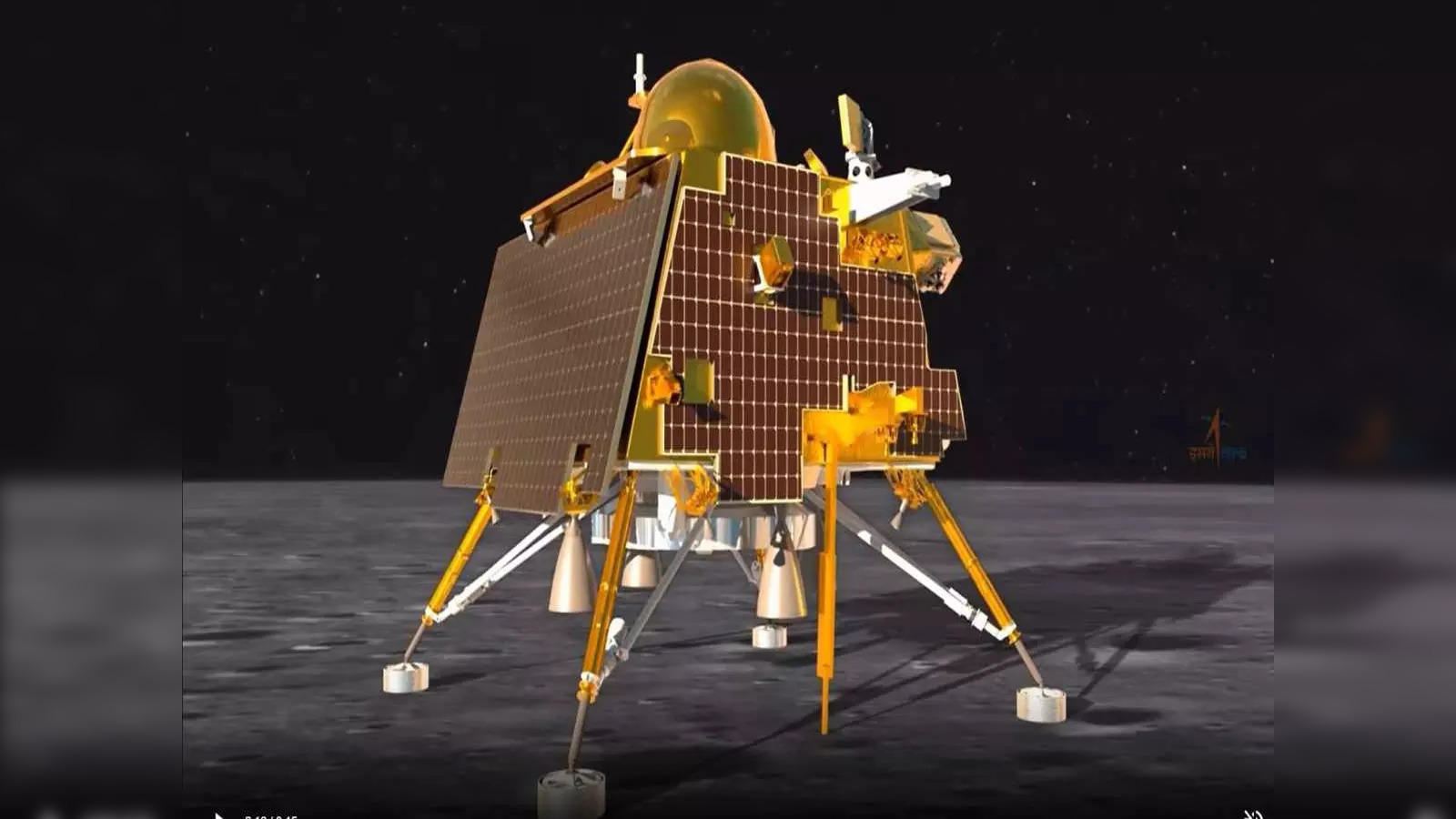SOURCE: AFI

Get ready for a lunar adventure! Chandrayaan-4, the next chapter in India’s ambitious lunar exploration program, aims to be the first Indian mission to return samples from the Moon. This complex mission involves a meticulously planned sequence and some impressive technology.
The grand performance begins with a two-part launch. The workhorse PSLV takes center stage, carrying the combined Reentry Module (RM) and Transfer Module (TM) into a sub-Geosynchronous Transfer Orbit (sub-GTO). Meanwhile, the heavy-duty Launch Vehicle Mark-3 (LMV-3) enters the scene, propelling the Lander Module (LM), Ascender Module (AM), and Propulsion Module (PM) directly towards a Lunar Transfer Orbit (TLI) or GTO.
The first act culminates in lunar orbit. Here, the RM and TM, arriving first, establish a parking spot, awaiting the grand entrance of the AM.
LM and AM, gracefully separated from the LMV-3, descend towards the lunar south pole’s designated landing site near the intriguing Shiv Shakti point. Using a robotic arm, the LM meticulously collects lunar samples, the true treasures of this play. Following the successful retrieval, the LM hands over the bounty to the waiting AM.
With the precious samples secured, the AM separates from the LM and blasts off from the lunar surface. In a breathtaking display of orbital precision, the AM docks with the TM, patiently waiting in lunar orbit. Another robotic arm, housed within the TM, carefully transfers the lunar loot from the AM to the RM, ensuring its safe passage home.
The grand finale approaches. The AM undocks from the TM, and the RM and TM, now a single unit, depart lunar orbit. As they hurtle towards Earth, the two modules separate. The RM, Earth’s hero, bravely re-enters the atmosphere, carrying the lunar spoils. Finally, it touches down at a predetermined location, delivering the treasures for further analysis.
Chandrayaan-4 is more than a mission; it’s a testament to India’s growing space prowess. The retrieved lunar samples hold the key to unlocking the Moon’s formation, composition, and potential resources. This lunar extravaganza promises to be a turning point in humanity’s understanding of our closest celestial companion.